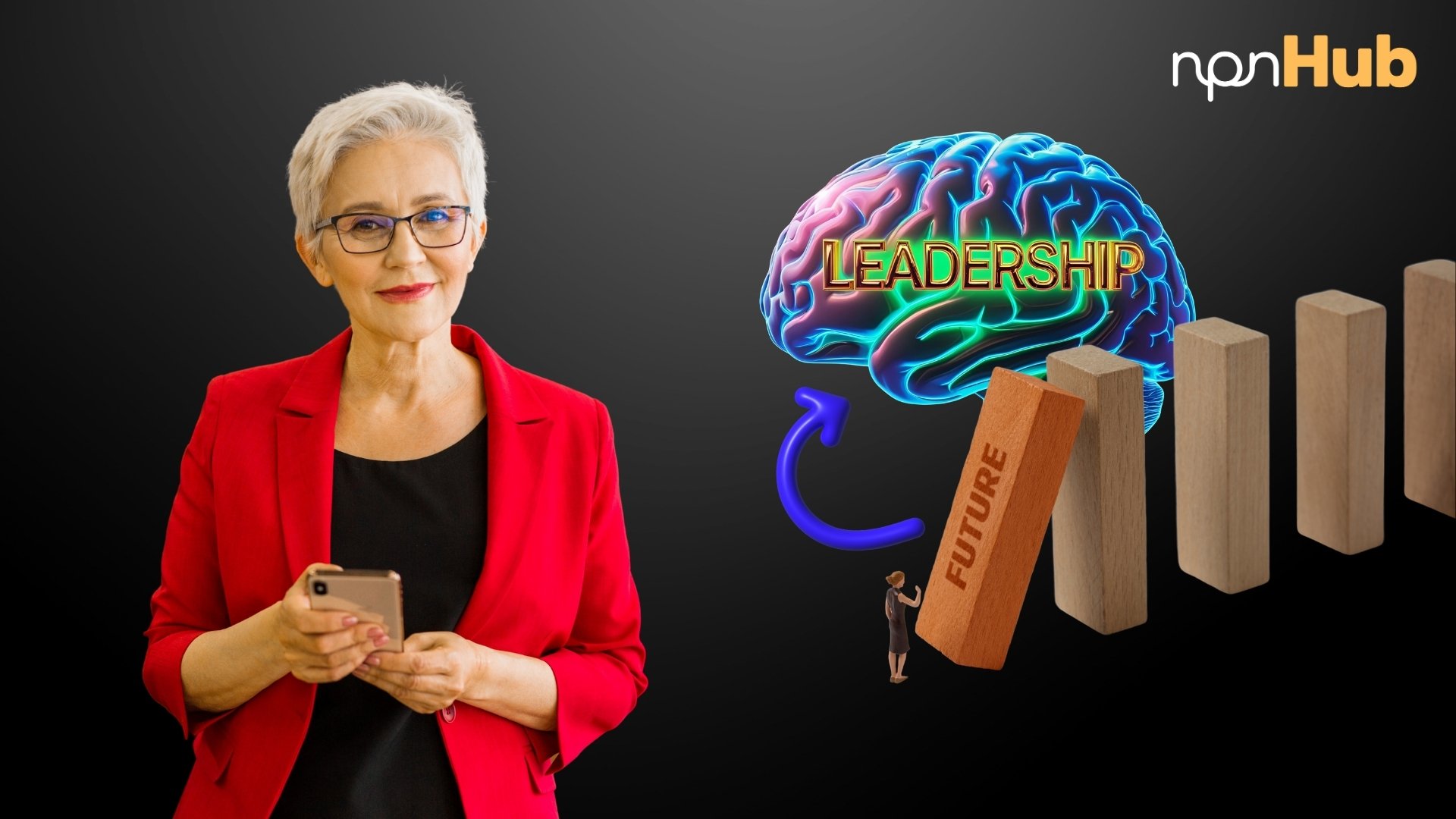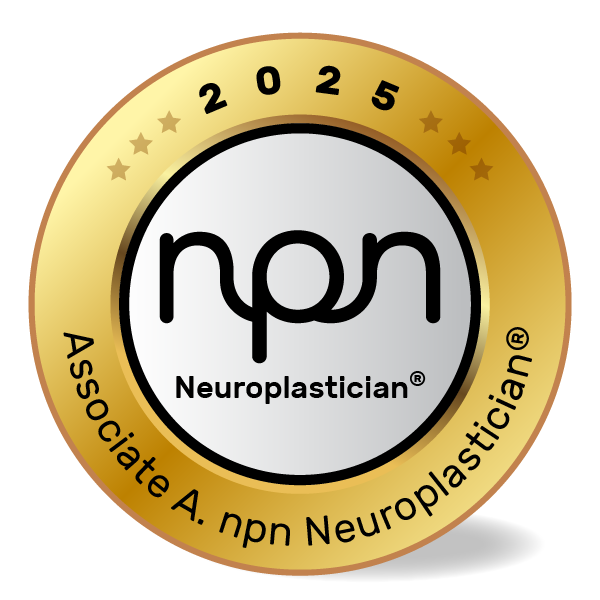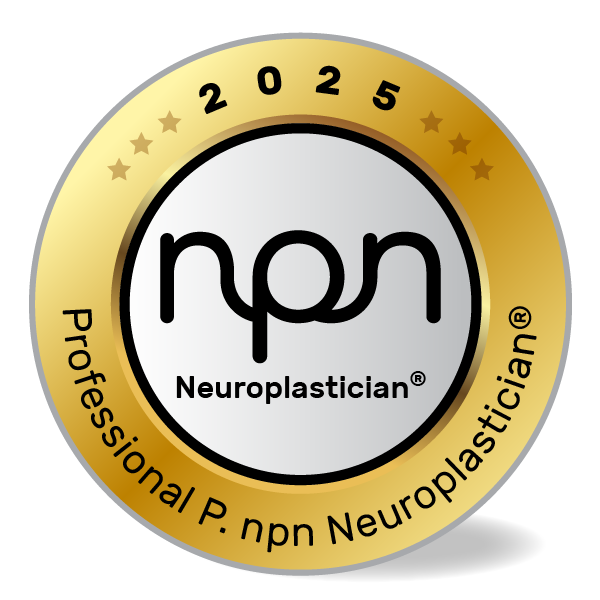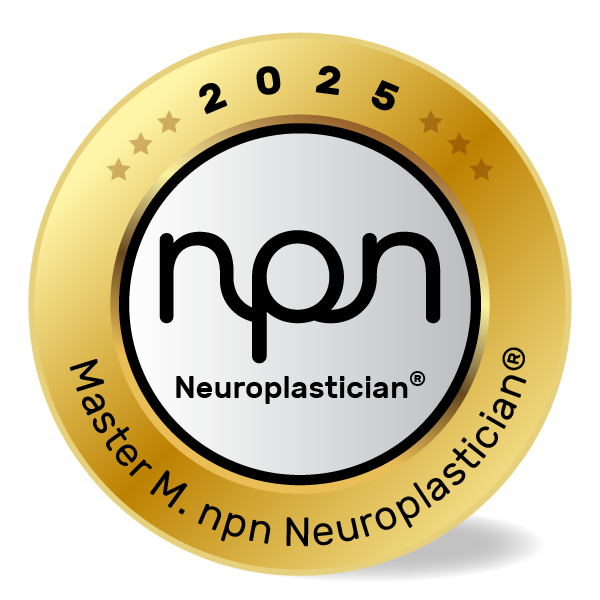How Brain-Based Leadership Is Redefining Organizational Success, Engagement, and Adaptability
Curated by an npnHub editorial member
Key Points
- Neuroleadership applies neuroscience insights to improve leadership effectiveness, emotional intelligence, and decision-making.
- Brain-based leadership fosters psychological safety, trust, and innovation in organizations.
- Neuroscience reveals how leaders can leverage neuroplasticity to support behavior change and team development.
- The prefrontal cortex, amygdala, and mirror neuron systems are central to effective neuroleadership.
- Neuroscience-backed strategies are transforming coaching, HR, and executive training globally.
- Misconceptions about “born leaders” are being replaced by evidence showing leadership is trainable and plastic.
1. What is Neuroleadership?
A leadership coach observed a recurring pattern: despite strong technical skills, many high-performing clients struggled with emotional reactivity, poor team trust, and decision fatigue. One executive, praised for his sharp mind, often derailed meetings due to emotional hijacking. The coach introduced mindfulness training and brain-based feedback loops, and within weeks, team feedback began to shift.
This story is illustrative, not scientific, but it captures the essence of neuroleadership – an emerging field integrating neuroscience into leadership practice. Coined by Dr. David Rock in 2006, neuroleadership applies neuroscience to areas such as decision-making, emotional regulation, collaboration, and change facilitation (NeuroLeadership Institute).
Studies from institutions like Stanford and UCLA have shown that understanding the brain’s threat and reward systems can transform how leaders manage stress, communicate, and inspire trust. For instance, the SCARF model – Status, Certainty, Autonomy, Relatedness, and Fairness – maps social threats and rewards in the brain, providing a framework for brain-friendly leadership.
Neuroleadership helps leaders move from reactive to reflective modes, using the brain’s own design to foster influence, resilience, and adaptability.
2. The Neuroscience of Neuroleadership
During a leadership retreat, an executive trainer noticed that one client thrived in collaborative dialogue, while another shut down under public critique. Rather than labeling the second as “non-coachable,” the trainer leaned into neuroscience, understanding that amygdala hijack – a fear-driven brain response – was at play.
This example illustrates how neuroleadership uses brain-based insights to tailor leadership development. Neuroscientific research confirms that leadership behaviors – like empathy, decision-making, and emotional regulation – activate specific neural circuits.
The prefrontal cortex, crucial for executive function, allows leaders to plan, self-regulate, and think long-term. The amygdala, part of the limbic system, modulates emotional responses, particularly around threat. Overactivation here impairs rational thinking, why leaders under stress often react impulsively.
Studies also point to the mirror neuron system, which underpins empathy and social learning. As neuroscientist Giacomo Rizzolatti discovered, these neurons fire both when we act and when we observe others act, critical for role modeling in leadership (source).
Effective neuroleaders strengthen their prefrontal cortex through practices like mindfulness, reducing amygdala reactivity, and enhancing emotional intelligence.
3. What Neuroscience Practitioners, Neuroplasticians, and Well-being Professionals Should Know About Neuroleadership
A coach working with mid-level managers noticed a gap: while her clients excelled in logic and strategy, many faltered in managing team dynamics and feedback. One manager confessed, “I know what to say, but my tone always sets people off.” Through brain-based coaching, they began rewiring these patterns.
This example reflects the core truth: leadership is not a trait but a trainable brain function. Yet myths persist:
- Are leaders born or made?
- Is emotional intelligence innate or learned?
- Can brain-based coaching really shift personality patterns?
Science says yes. Studies from Harvard and the NeuroLeadership Institute confirm that neuroplasticity – the brain’s ability to rewire – enables new leadership habits to form with consistent practice (source).
False beliefs like “real leaders are extroverts” or “you can’t teach empathy” overlook how leadership circuits form over time. Practitioners should move beyond outdated models and embrace dynamic, brain-aligned interventions.
Frequently asked questions include:
- How do I apply neuroscience in leadership without overwhelming clients with jargon?
- Which neural systems are most linked to emotional intelligence?
- Can neuroleadership coaching improve culture as well as individual behavior?
4. How Neuroleadership Affects Neuroplasticity
Neuroleadership thrives on the principle that leadership behaviors, like any habit, are shaped by repetition and reinforcement. When leaders consciously practice new communication styles, emotional regulation, or decision frameworks, they activate and strengthen specific neural networks – especially in the prefrontal cortex.
For example, repeated mindfulness activates the anterior cingulate cortex and insula, areas tied to attention and emotional awareness. Over time, the default stress response diminishes as these new circuits become dominant.
Research by Lazar et al. (2005) found that regular meditation increases cortical thickness in brain areas associated with self-regulation and introspection (source). Similarly, positive feedback loops enhance dopamine pathways, reinforcing leadership behaviors linked to trust and collaboration.
By aligning leadership training with neuroplastic principles, practitioners ensure changes are not just surface-level – but embedded in the brain’s architecture.
5. Neuroscience-Backed Interventions to Improve Neuroleadership
Why Behavioral Interventions Matter
Many leadership programs focus on skill-building but overlook the brain’s resistance to change under stress. Practitioners must address the neural roots of behavior – emotional reactivity, habit loops, and unconscious bias – to create lasting transformation.
Imagine a coach working with a CEO known for micromanaging. Through neuroscience-based reflection and journaling, the CEO becomes aware of his fear response – an amygdala-driven need for control – and begins practicing delegation.
1. Mindful Leadership Training
Concept: Mindfulness boosts activity in the prefrontal cortex and reduces amygdala reactivity, enhancing clarity and emotional control (Source).
Example: A healthcare leader reduces reactivity by integrating 10-minute breathing exercises into daily routines.
✅ Intervention:
- Begin coaching sessions with breath awareness.
- Use body scans to enhance emotional literacy.
- Reflect on high-stress interactions and somatic cues.
2. SCARF-Based Communication Coaching
Concept: The SCARF model helps leaders reduce perceived social threats in the brain (Source).
Example: A team leader improves trust by framing feedback as a collaboration rather than a critique.
✅ Intervention:
- Assess which SCARF domain is most activated in clients.
- Reframe feedback to increase autonomy and fairness.
- Celebrate status and relatedness in team wins.
3. Reframing Habit Loops
Concept: Changing behavior rewires the basal ganglia and prefrontal circuits through conscious repetition (Source).
Example: An executive prone to multitasking begins using “single-task sprints” with reflection prompts.
✅ Intervention:
- Identify cue-routine-reward patterns in daily leadership.
- Replace reactive habits with intentional routines.
- Track and reinforce shifts using journaling or digital tools.
4. Mirror Neuron Activation Through Role Modeling
Concept: Modeling calm, inclusive behaviors activates mirror neurons in team members, reinforcing trust (NIH).
Example: A leader shifts from issuing commands to asking questions, cultivating dialogue.
✅ Intervention:
- Record and reflect on client language tone.
- Role-play key scenarios for neural rehearsal.
- Encourage client storytelling to enhance empathy skills.
6. Key Takeaways
Neuroleadership is not a passing trend – it is a revolution in how we understand, train, and transform leadership. By grounding leadership in the science of the brain, we equip leaders to build trust, adapt behavior, and inspire with authenticity.
This matters because the brain’s capacity to grow is unlimited – with the right inputs. By aligning leadership training with how the brain learns best, we help people not just lead, but evolve.
🔹 Neuroleadership connects emotional intelligence, stress regulation, and decision-making to neuroscience.
🔹 The brain’s plasticity proves that leadership traits can be developed, not just inherited.
🔹 Interventions like mindfulness and SCARF-based feedback drive deep change.
🔹 Practitioners who apply neuroleadership principles shape more resilient, human-centered organizations.
7. References
- Rock, D. (2006). NeuroLeadership Journal. NeuroLeadership Institute.https://davidrock.net/wp-content/uploads/2016/06/NeuroLeadershipIn2009.pdf
- Lazar, S. et al. (2005). Meditation experience is associated with increased cortical thickness. NeuroReport, 16(17), 1893–1897.https://pubmed.ncbi.nlm.nih.gov/16272874/
- Duhigg, C. (2012). The Power of Habit. Random House.https://psycnet.apa.org/record/2012-09134-000
- NeuroLeadership Institute. SCARF Model. https://neuroleadership.com/research/tools/nli-scarf-assessment/















